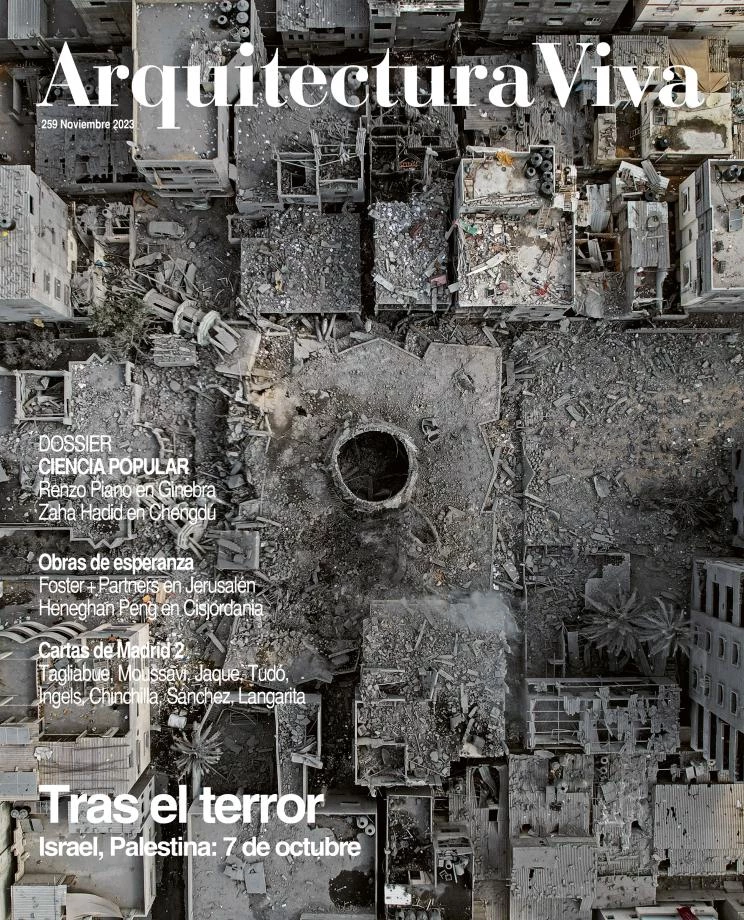
Spain’s 20th century causes sighs of pain and relief. Fuentes and Rueda’s Diccionario de símbolos explores the tragic and festive images of a history which in its latest stretch incorporates events of the 21st, such as the 11-M terrorist attacks or the 15-M protests. For its part, Michael Reid’s Spain tries to explain the country by examining the trials and triumphs it has seen in the time that has elapsed from the trauma of Civil War up to Europe and modernity. And while both highlight the achievements of current Spain, they also express a fear that the advances made will come to a standstill. The preface to the Diccionario warns that “the political and social convulsions that have followed one another in the new millennium make it tempting to consider a circular idea of contemporary Spain that brings us back to the end of parliamentary monarchy a century ago”; and the prologue to Spain closes with a similar admonition: “There are few better places in which to live than Spain. Yet if the country cannot find a path of political renewal, the permanence of its achievements will be in doubt.” Pain and relief have been replaced by alarm.
A collective work of university experts, the monumental Diccionario comes in the trail of two conceptual dictionaries of the 19th and 20th centuries, co-directed by Juan Francisco Fuentes, professor of contemporary history, who here expands the scope of interests to include the iconographic, believing that in the bond between concepts and symbols, “the world of images seems to reflect more profound and persistent layers.” Spain’s recent history is thus mapped through a hundred voices, among which are important dates, places of great significance like the Puerta del Sol and the Valle de los Caídos, garments like the shirt and the hat, letters like K or Ñ, and of course colors: blue, red, purple, and black. The strong emphasis on the visual in this indispensable work makes the total absence of illustrations especially disappointing, forcing the authors to apply ekphrasis to symbolic images as a partial remedy to this paradoxical iconoclasm.
The work of Reid, a Madrid-based journalist who was a correspondent for The Economist from 2016 to 2021, is a formidable introduction to the country, inevitably focused on more recent events but with acuteness and equanimity also recounting the historical origins of Catalan, Basque, and even Galician nationalism, Franco’s dictatorship, the surprising success of the transition to democracy, and, after three decades of prosperity and progress, the fading of the Spanish dream, threatened by populism, political polarization, and “the narcissism of small differences.” Although the problems faced by Spain are no different from those afflicting other European countries, Reid shares the alert expressed by Fuentes: “exactly a century ago the inability of the Restoration politicians to reach agreements on reforms opened the way to the dictatorship of Primo de Rivera. There is no reason for history to repeat itself, but that ought to serve as a warning to Spain’s political class.”








